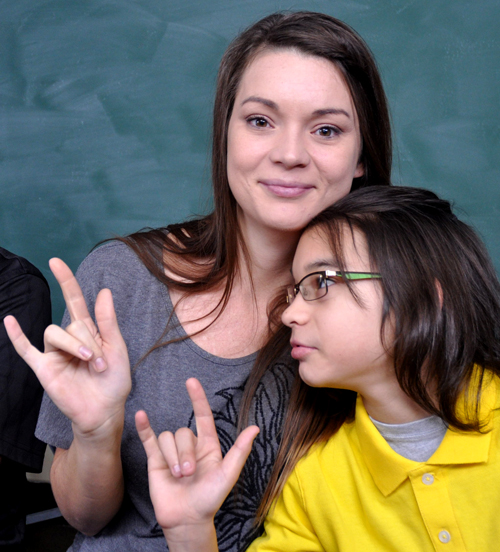
Editor’s note: We add a new feature today, called fact-checkED, that is inspired by the many factchecking efforts across the media landscape these days. Our work will focus solely within the arena of educational choice, and our goal is to bring clinical precision to issues that are often complex and misunderstood. Our intent is not to shame but to inform.
![]() In an editorial Sunday criticizing 19 “bad bills” that became state law this year, the South Florida Sun-Sentinel wrote the following of a new school voucher called Family Empowerment Scholarships:
In an editorial Sunday criticizing 19 “bad bills” that became state law this year, the South Florida Sun-Sentinel wrote the following of a new school voucher called Family Empowerment Scholarships:
“Tuition vouchers (SB 7070). For the first time, money goes straight from (the) state treasury – not just by tax credits.”
This is false.
We begin by first acknowledging that the sentence above ends with a phrase describing the money as going “to unregulated private schools, most of which will be religious and can cherry-pick their students.” That’s a handful in itself, particularly given that the participating private schools are subject to roughly 17,000 words of statutory and agency regulations and that annual state evaluations of a similar program, called the Florida Tax Credit Scholarship, have concluded it draws some of the state’s poorest and lowest-performing students from public schools.
But our focus here is on the claim that the Family Empowerment Scholarship (FES) is the first school voucher to draw funds directly from the state treasury. That’s in part because the claim has current legal and political salience. Ron Meyer, attorney for the Florida Education Association, the state’s largest teacher union, has told reporters he plans to file a lawsuit asking courts to declare the new program unconstitutional. Even before the bill was passed, Meyer told the GateHouse Capital Bureau: “This could lead to the dismantling of the public school system as we’ve known it.” In June, a month after the bill was signed into law, he told the Florida Phoenix: “There is going to be a challenge.”
The Sun Sentinel editorial draws a proper contrast between the new FES program and an existing 18-year-old program called the Tax Credit Scholarship. Both serve disadvantaged students from low-income and working-class households, but the Tax Credit Scholarship is fueled by contributions from corporations. In turn, those contributions receive 100 percent credits against six different state taxes. Last year, the Tax Credit Scholarship served 104,091 low-income students at a cost of roughly $644.7 million. The funding distinction is important, and led in part to the 2017 dismissal of a lawsuit challenging the constitutionality of Tax Credit program.
As the editorial notes, FES is funded directly by the state. In fact, it is funded directly out of the operational funding formula, known as the Florida Education Finance Program (FEFP), that pays for district public schools. One distinct difference between FES and district schools is that the scholarships receive money only through state general revenue dollars and do not receive any local property tax money (see subsection (11)(e) in the law).
The claim of being first, though, is wrong. FES is neither the first nor the only state-funded education voucher in the PreK-12 arena. It’s not even the only voucher funded directly through the FEFP. Here are the others:
- The McKay Scholarship for students with learning disabilities. It was created two decades ago and last year served 30,695 students at a cost of $219.7 million. The students are tracked inside the FEFP from each school district in which they live, as is exhibited in this FEFP calculation sheet from 2018-19 (note the second column, which subtracts McKay dollars from each district). 1819 FEFP 3rdCalc
- The Gardiner Scholarship for students with specifically named special needs. It was created in 2014 and served 11,917 students last year at a cost of $124.1 million. Gardiner is funded by a direct line-item appropriation (see line item 110 on page 28 of this year’s State Appropriations Act).
- Voluntary Pre-Kindergarten for 4-year-olds. This program was approved by voters in 2002 and took effect in 2005. In 2017-18, it served 133,870 students in private schools and day care centers at a cost of roughly $326.2 million. The VPK program is funded by a direct line-item appropriation (see line item 89 on page 20 of this year’s State Appropriations Act).
To its credit, the Sun Sentinel published a partial correction to the editorial above. We rate the original claim as FALSE.


